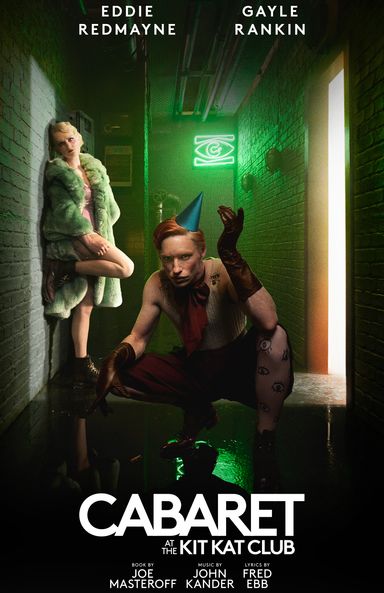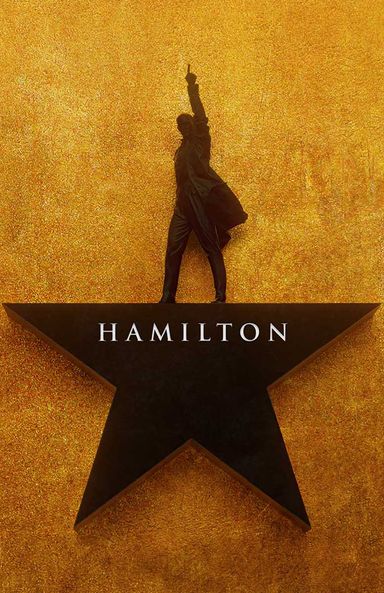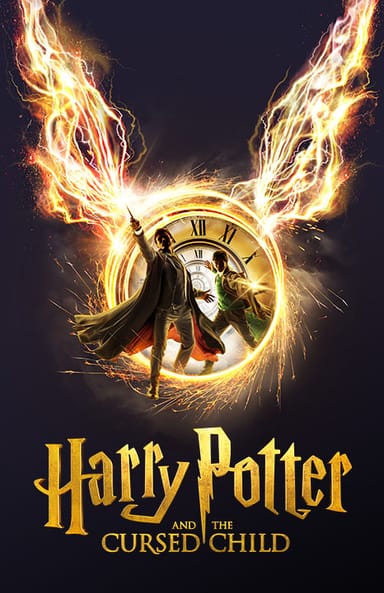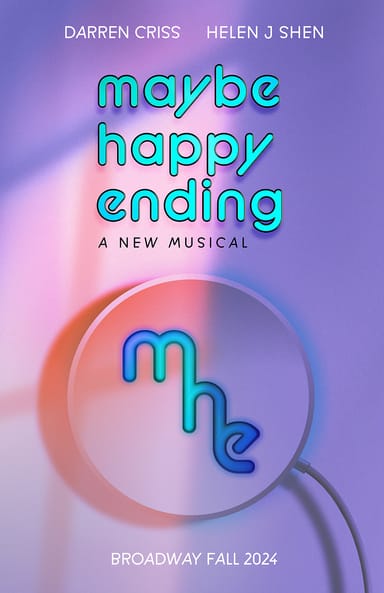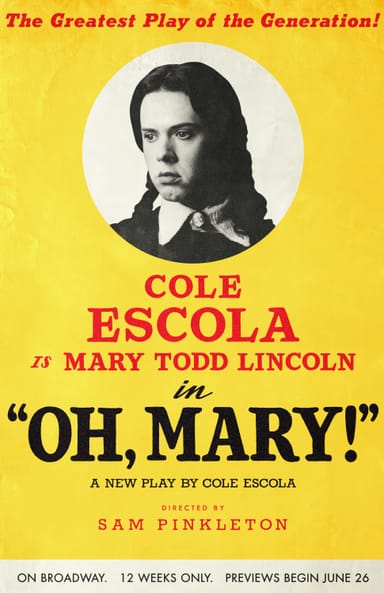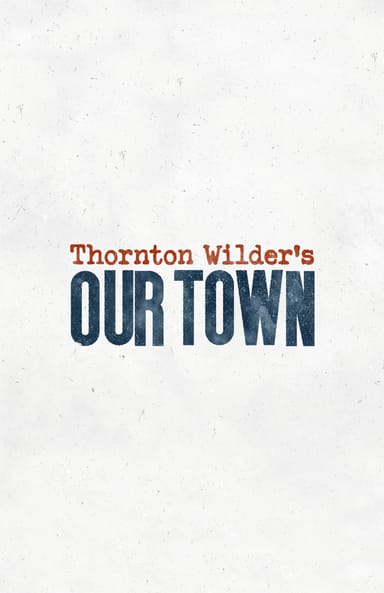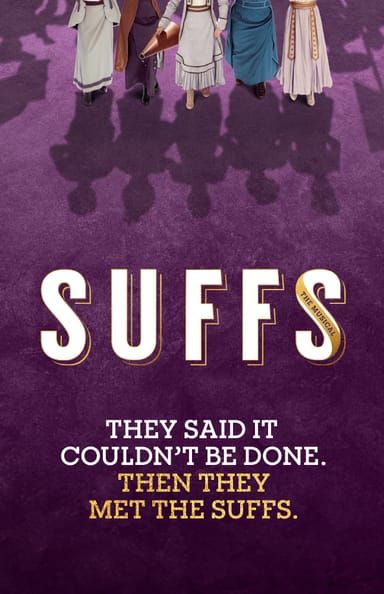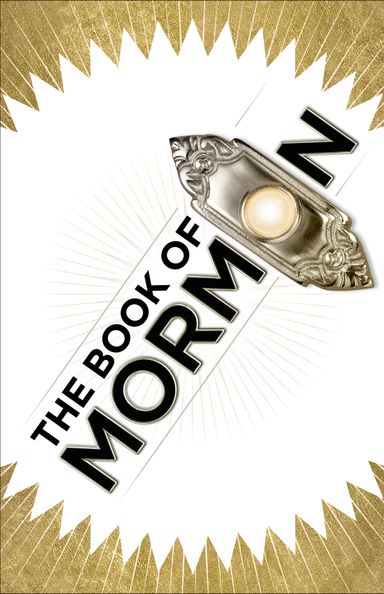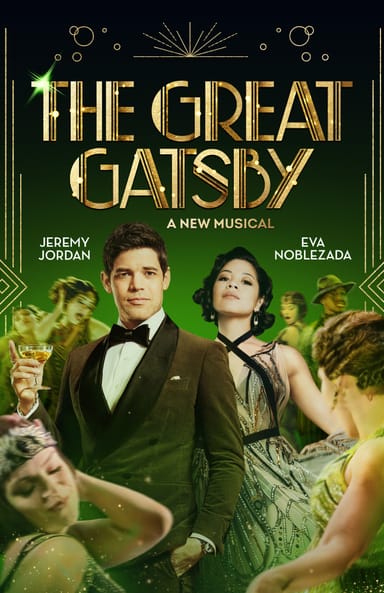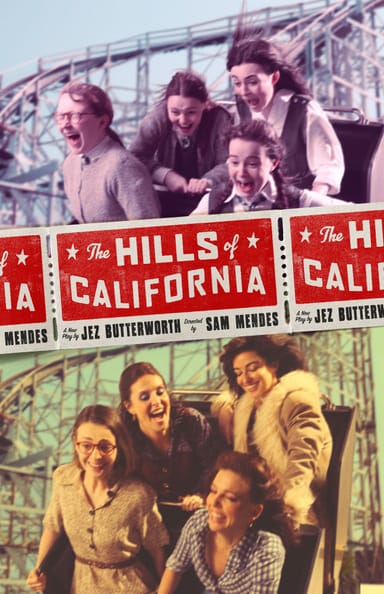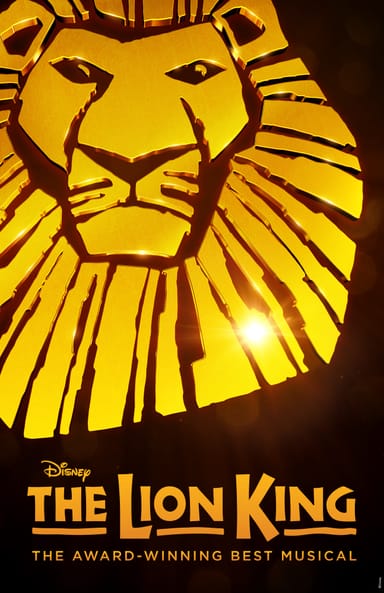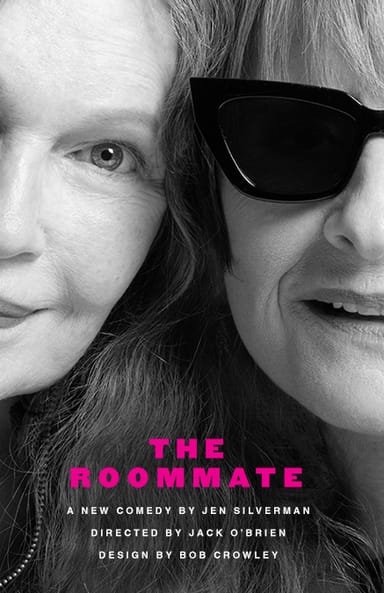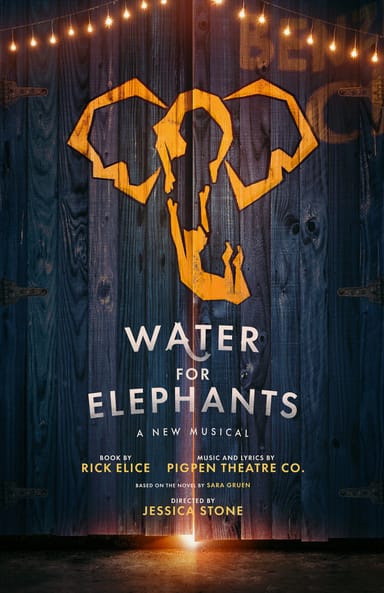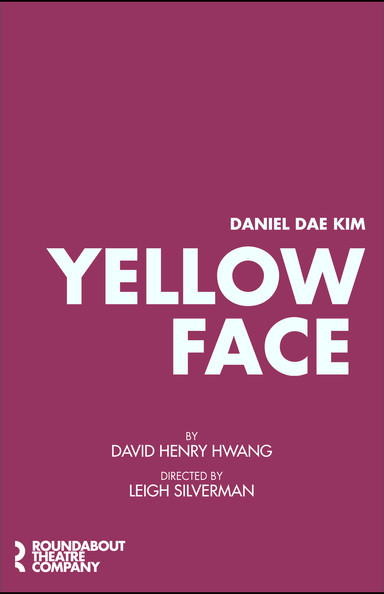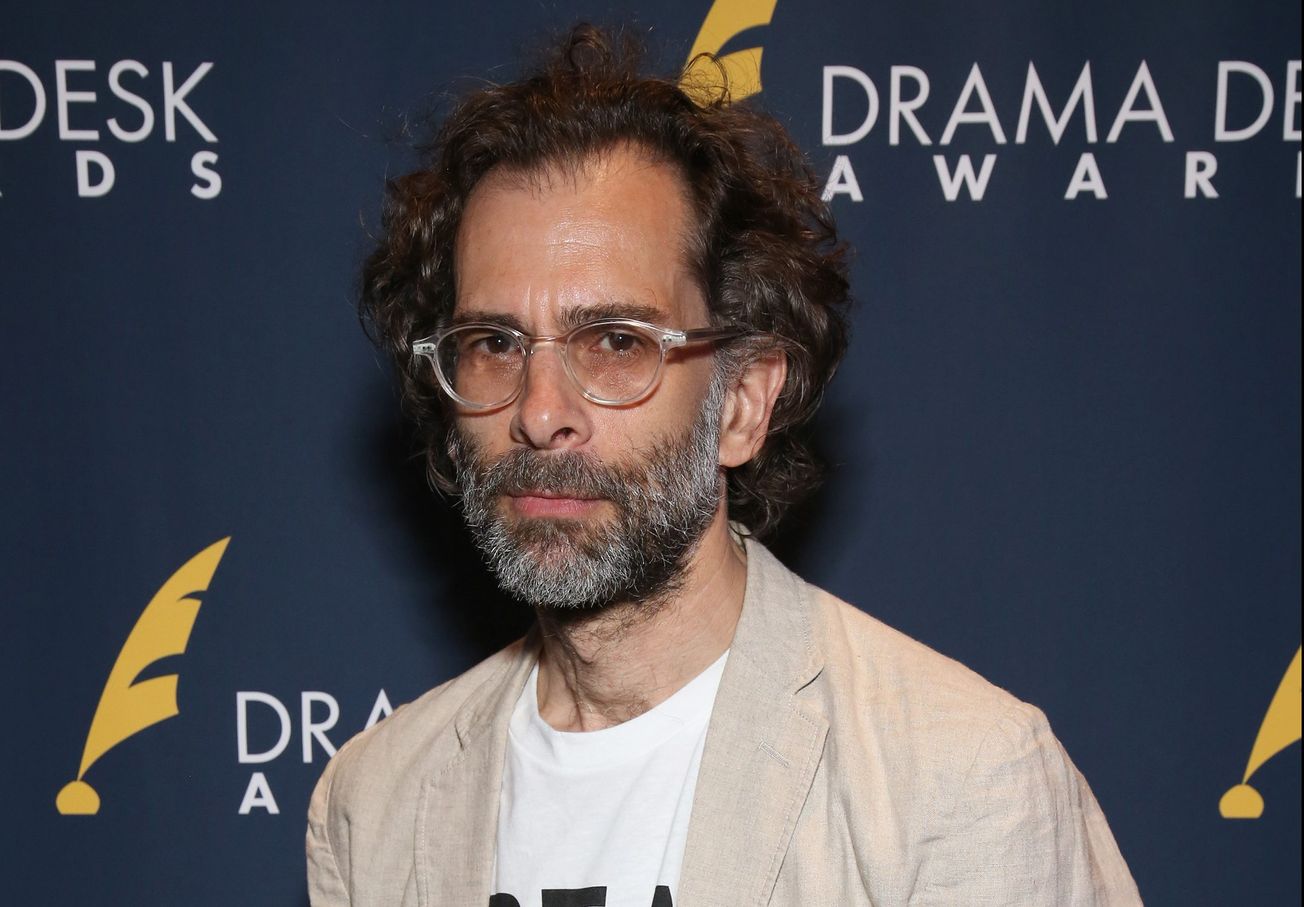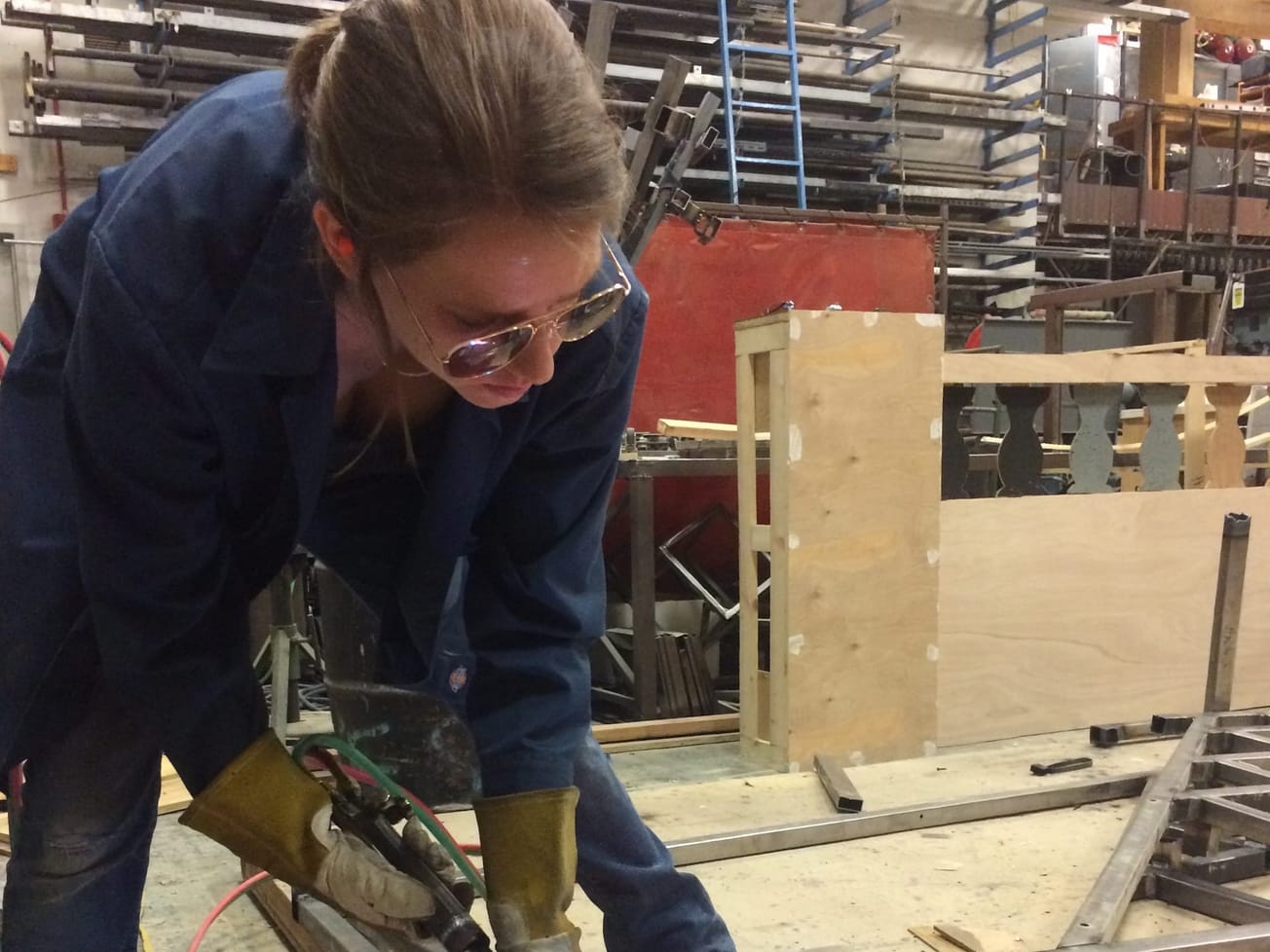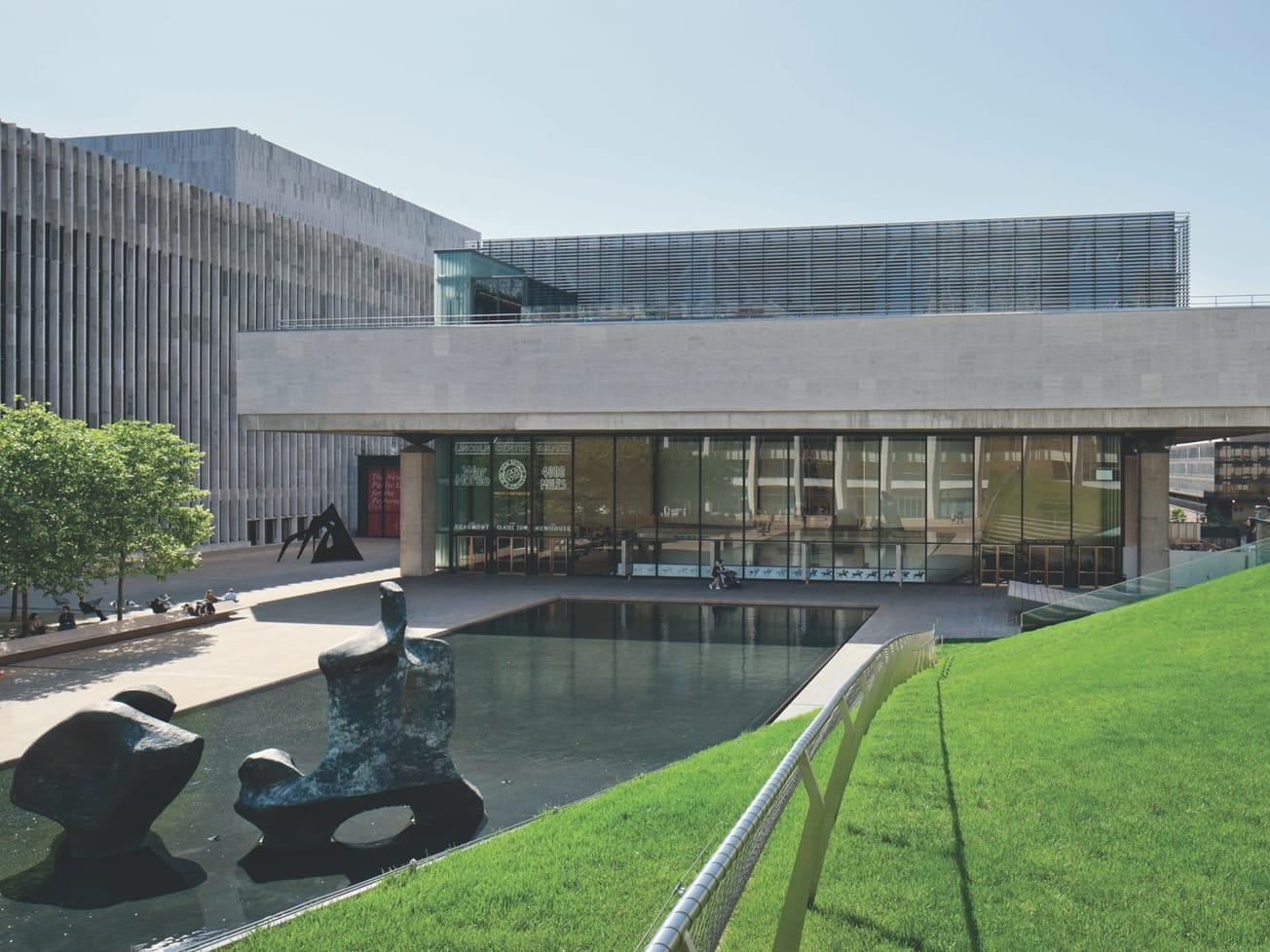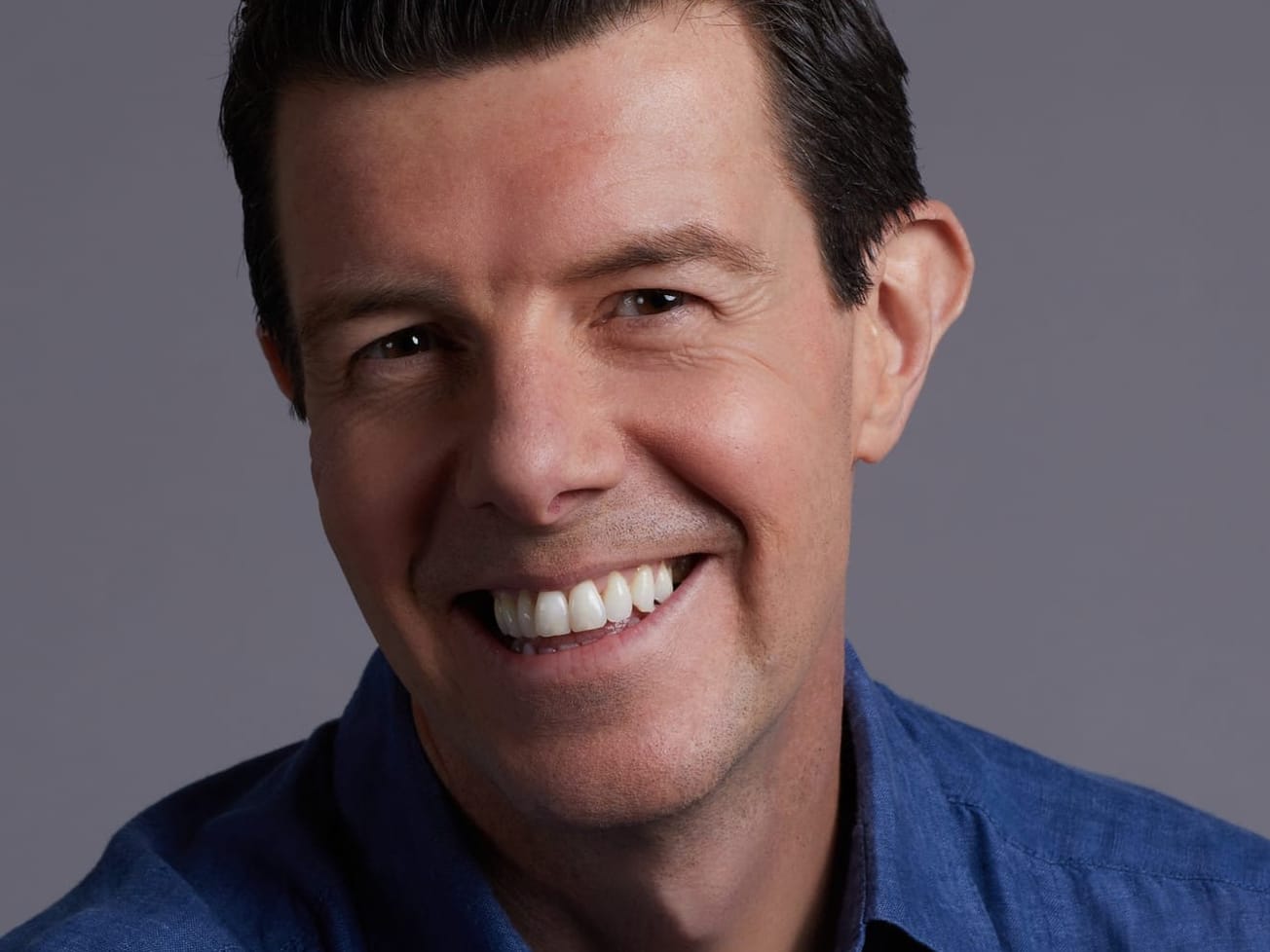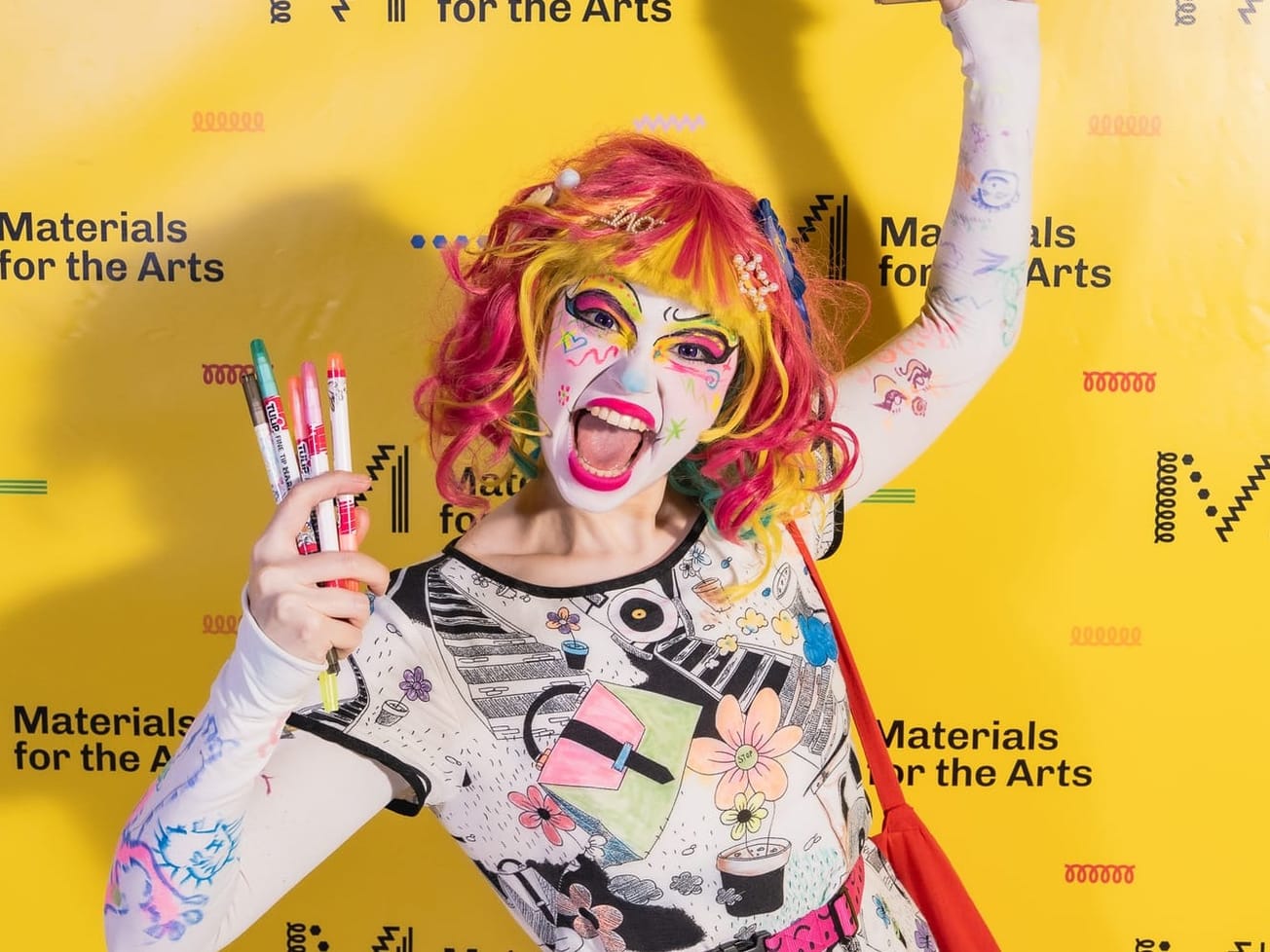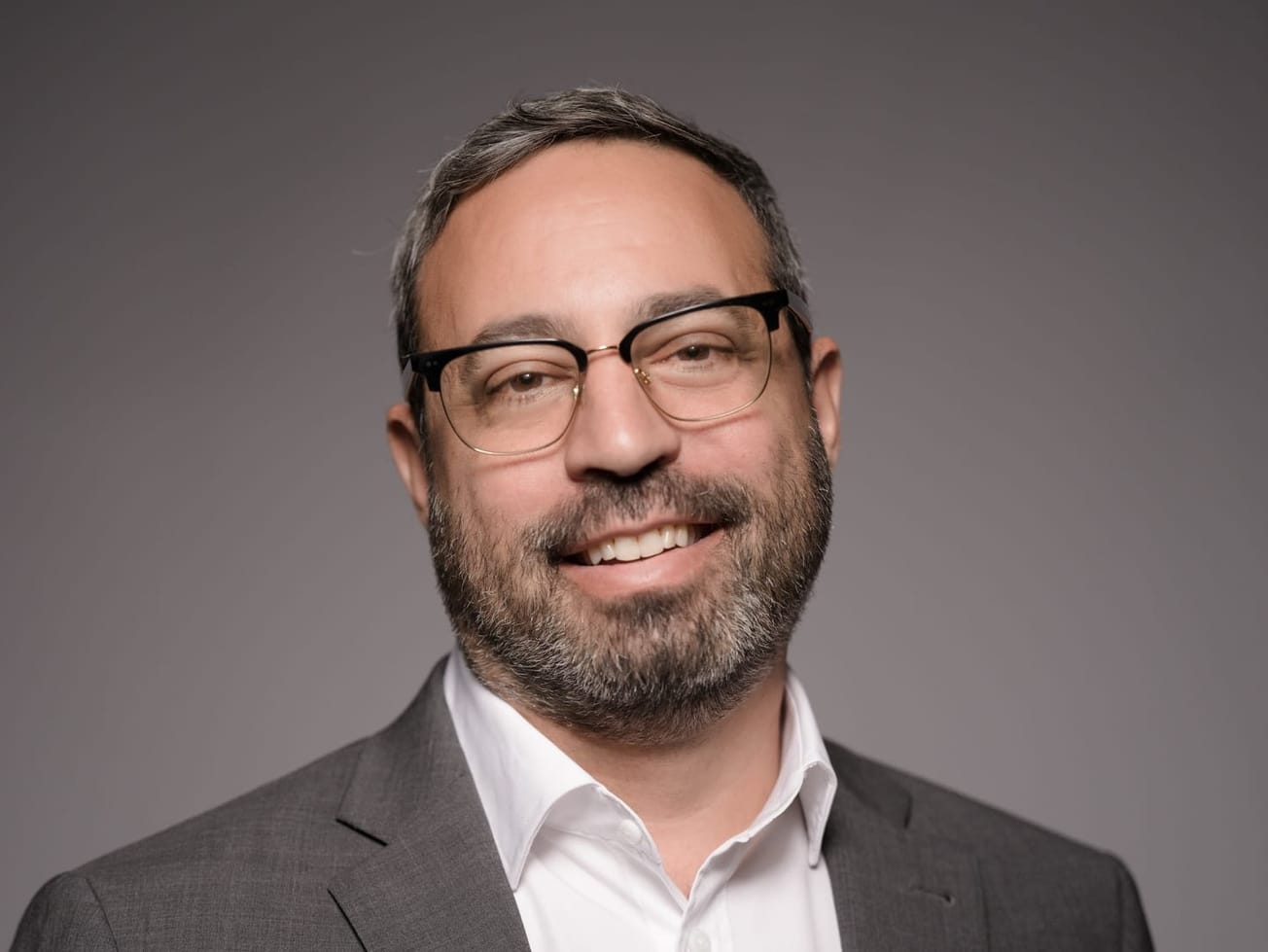In Daniel Fish’s “Oklahoma!,” Curly plays guitar and a seven-piece bluegrass band accompanies him as crockpots bubble on the edge of the stage.
Those are just a few of the noticeable changes in Fish’s take on the classic musical. But while this “Oklahoma!” may feel and look different from the original, Fish has kept the original text intact.
Fish, who was nominated for a Tony Award for Best Director of a Musical, alongside the seven other nominations received by the revival, spoke with Broadway News about how he arrived at his take on “Oklahoma!”
Edited excerpts:
Broadway News: Why did you want to direct ‘Oklahoma?”
Daniel Fish: It’s a good question, and I don’t really have the answer to that. JoAnne Akalaitis [director of theater programs at Bard College] asked me to make a show with her students, and I said I want to do “Oklahoma!” I didn’t know why, and I think if I know why I want to do something when I start it, I probably shouldn’t do it.
Like a lot of people, I thought I knew the show. I had a love for the music and the words. And then when I got inside of it, I realized, “Oh there’s a lot more here, and I don’t know the show.” And that’s kept me going through several productions, that there’s a story in there about the nature of community and the need for a community to define itself and to create an outsider to find itself.
BN: How does the Broadway version compare to the first version at Bard?
Fish: In many ways, it’s similar. The fringe that hangs over the audience is part of that original production, John Conklin came up with that idea.
There’ve been four productions. The first one was for 100 people. The second one was for 200 people. The third one was for 350 people, and now we’re up to 650. So the big changes are just by sheer numbers and the size of the house and trying to maintain the sense of connection and intimacy as more and more people are in the room.
BN: Does the audience affect the show?
Fish: Sure. I think the audience affects the show every night. I mean the size of the audience, the energy of the audience, how attentive they are. It’s kind of an intangible slippery thing, and they always surprise me.
BN: How did you arrive at that ending?
Fish: Again, I realized that there was a story in here about the outsider and a community sacrificing justice for a wedding night, and the idea that a wedding night was more important than a trial. And that became a core for working out the end of the show. It’s all in there. It’s all in Hammerstein’s book. What we did was slow it down a little bit and take it seriously, so that some of these themes and these ideas would hopefully come to life.
BN: Do you think darkness was always inherent in the text?
Fish: We know a little bit about what Hammerstein’s impulses were, and he spoke a lot about the role of darkness and the role of violence in the story. But you never really know why someone put something down on paper. It’s a very personal thing. What we have are the words that he did put down. So all we can do is try to bring them to life with as much honesty and conviction as we can. And that’s what we’re doing, hopefully, every night.






